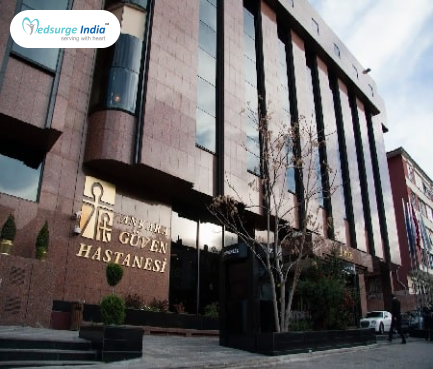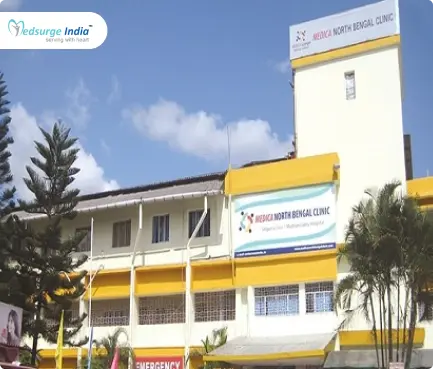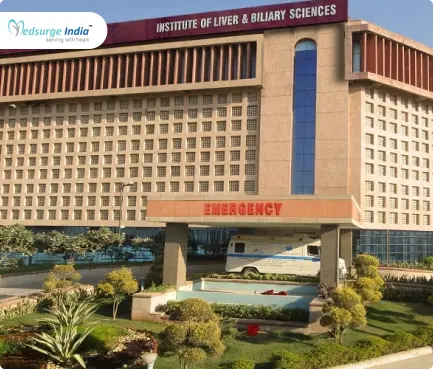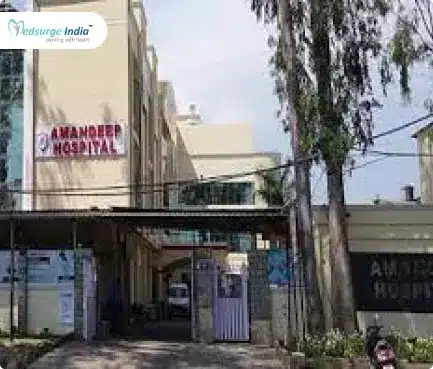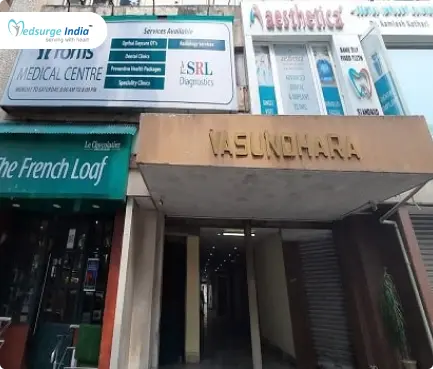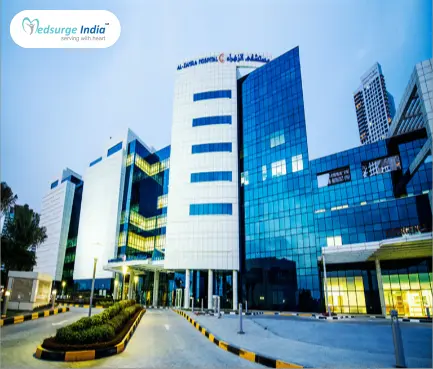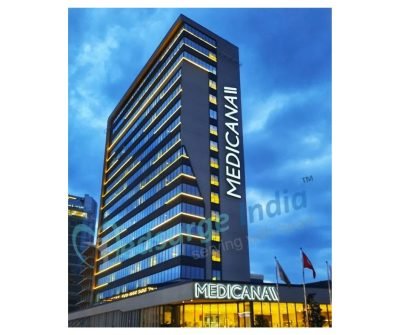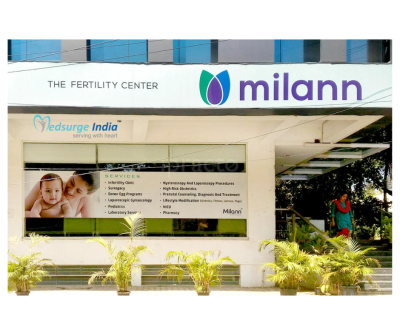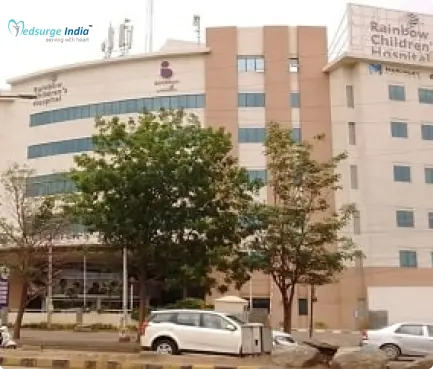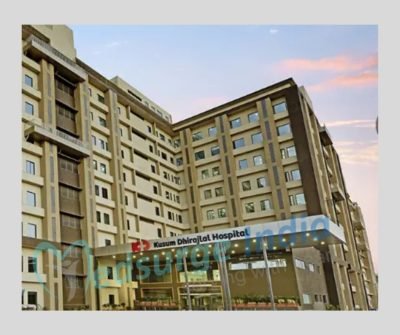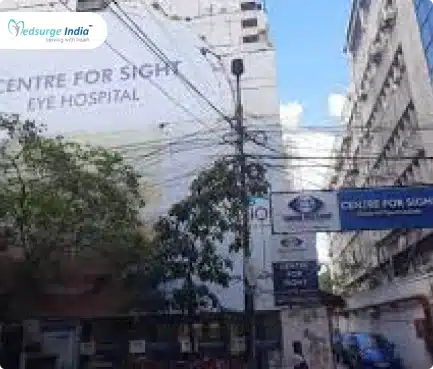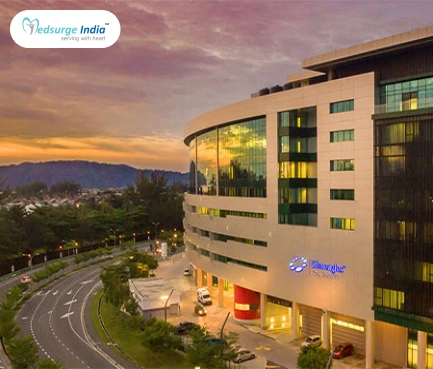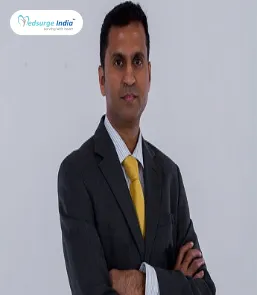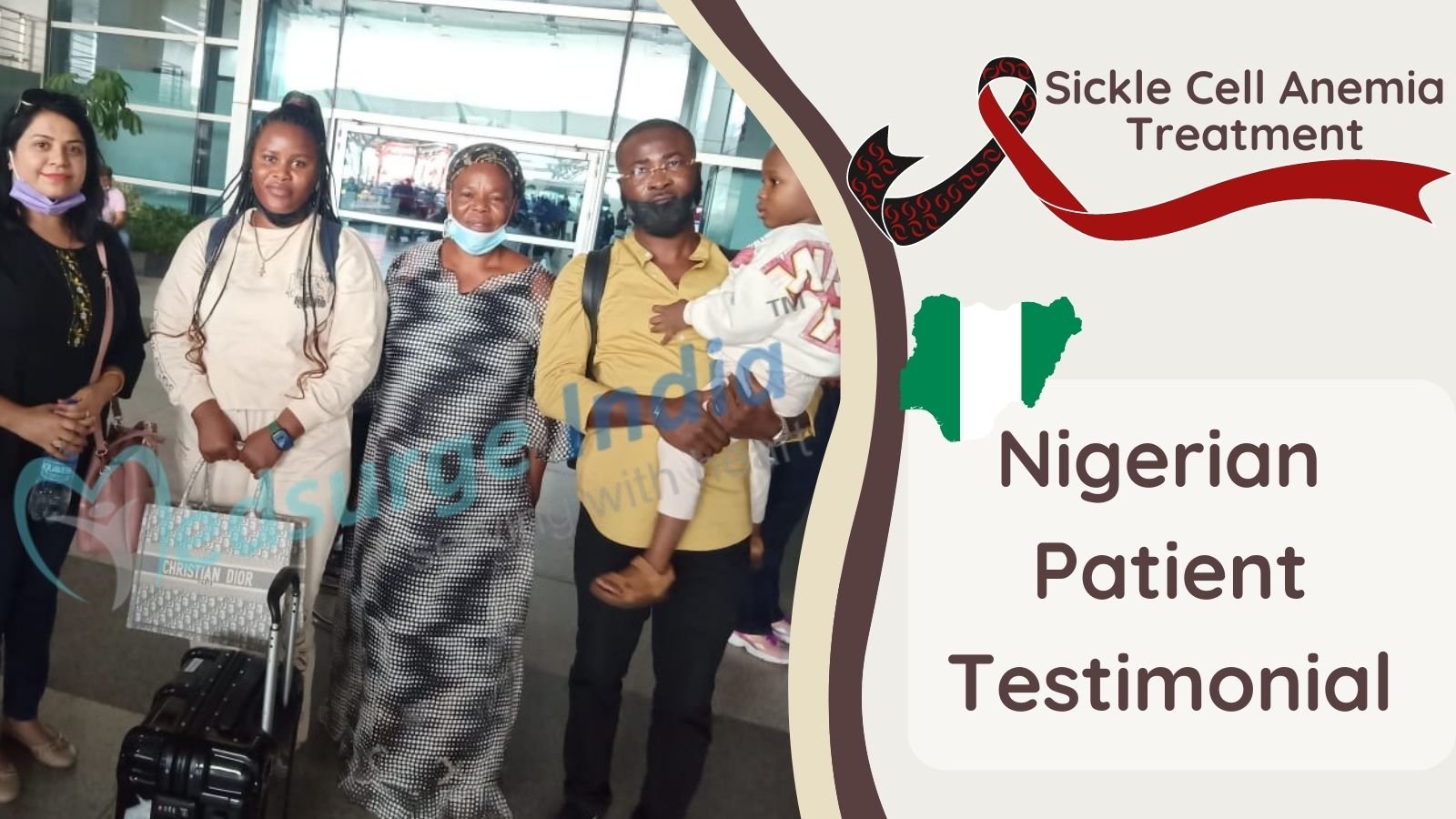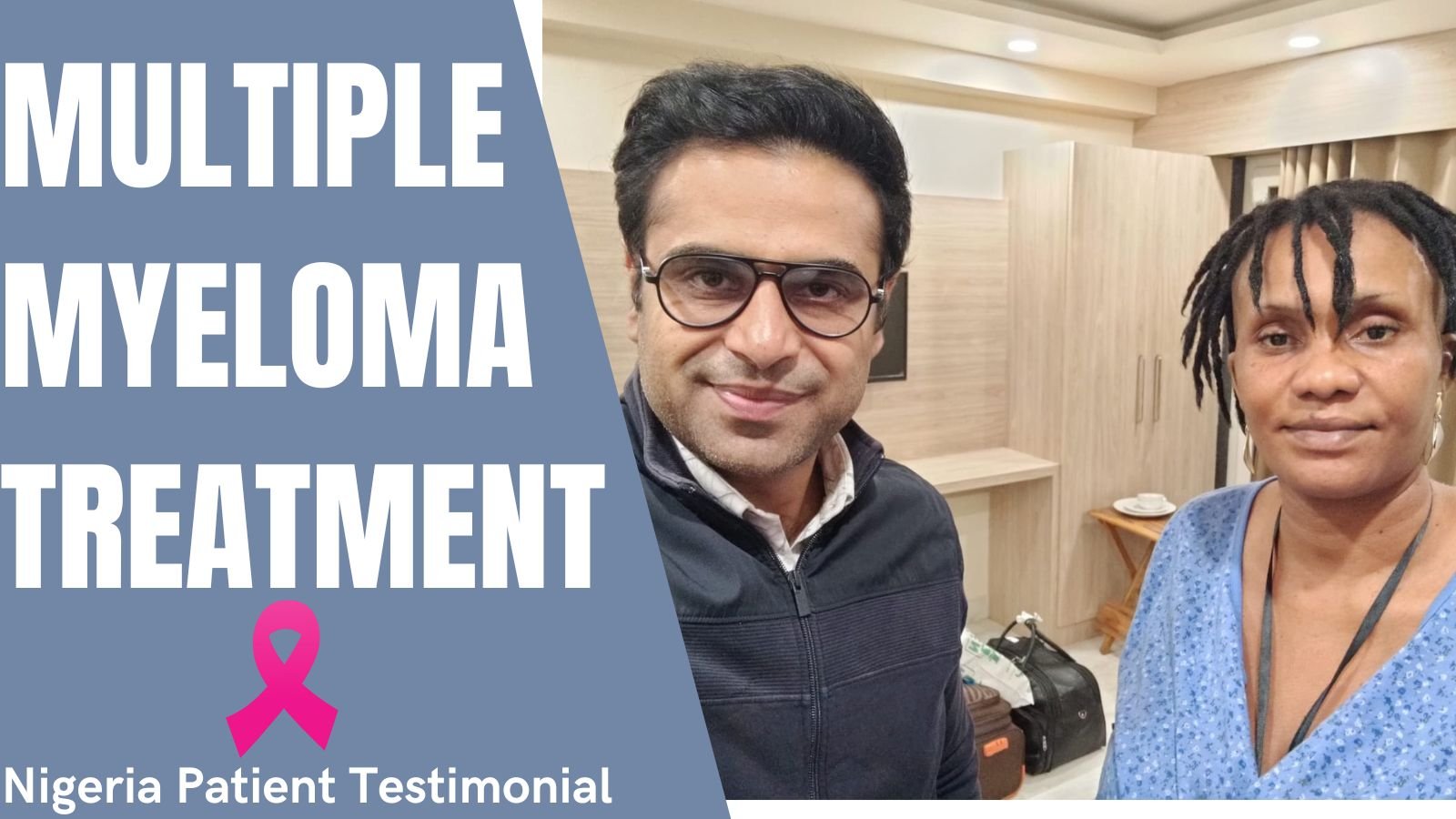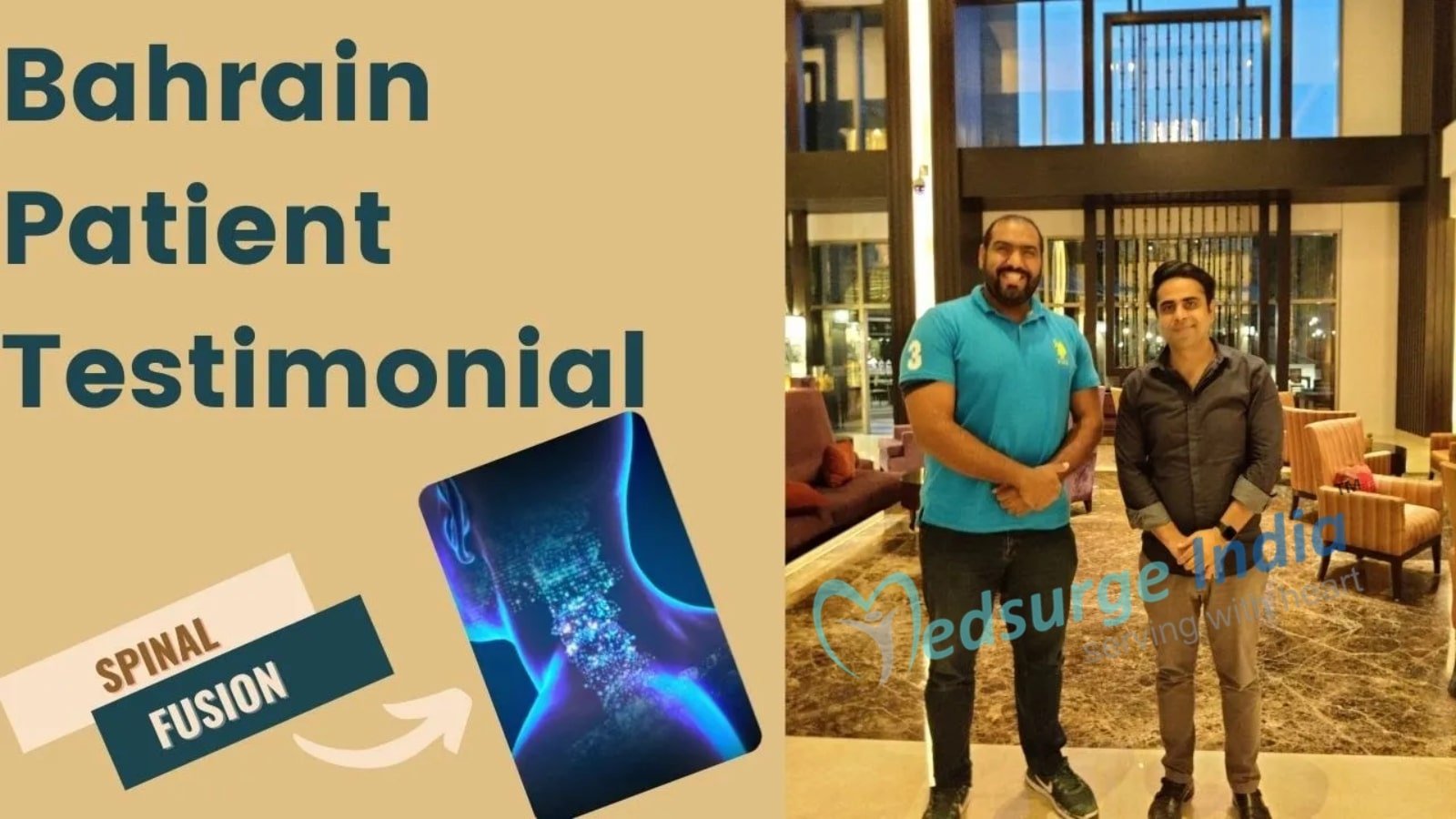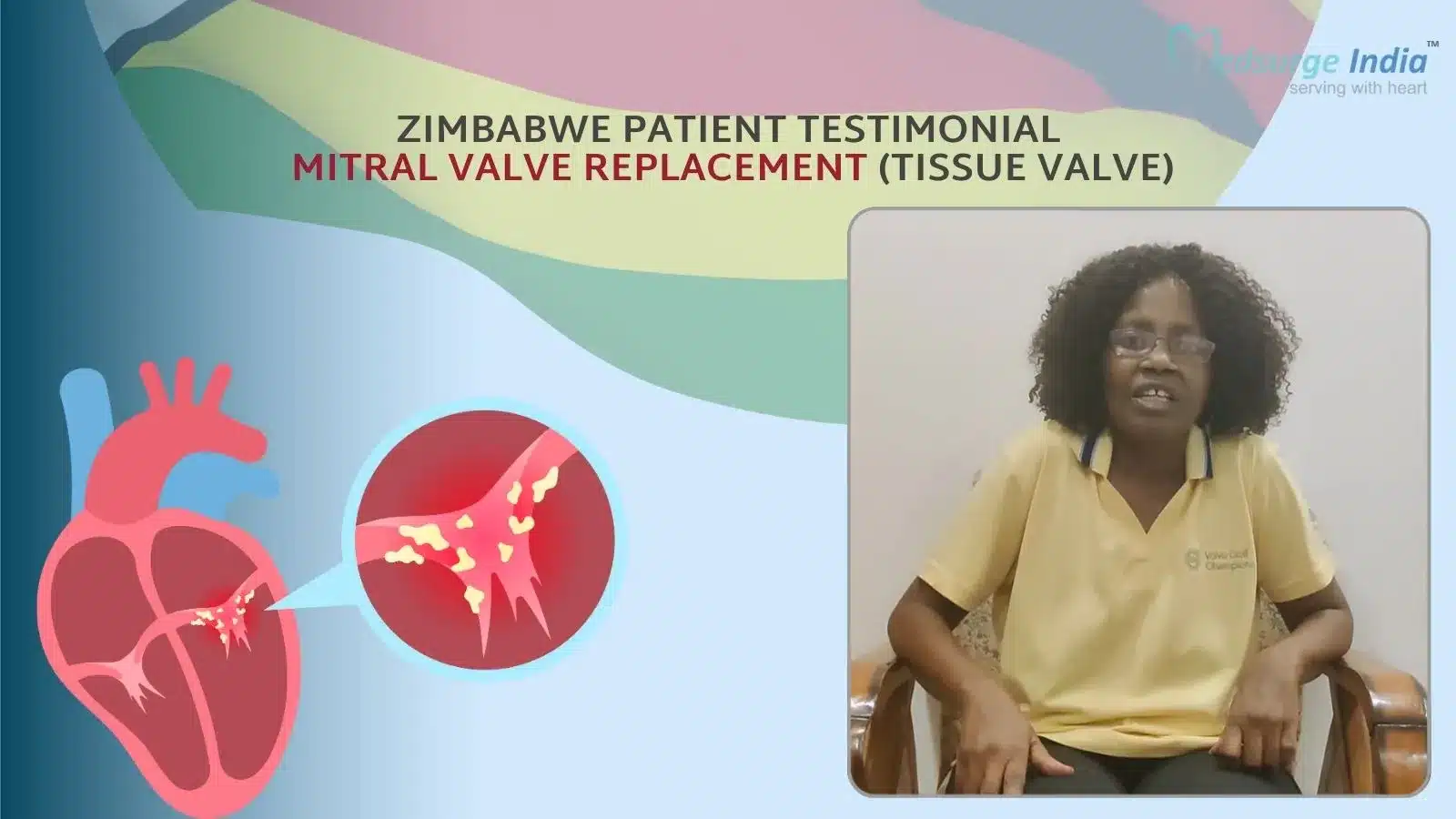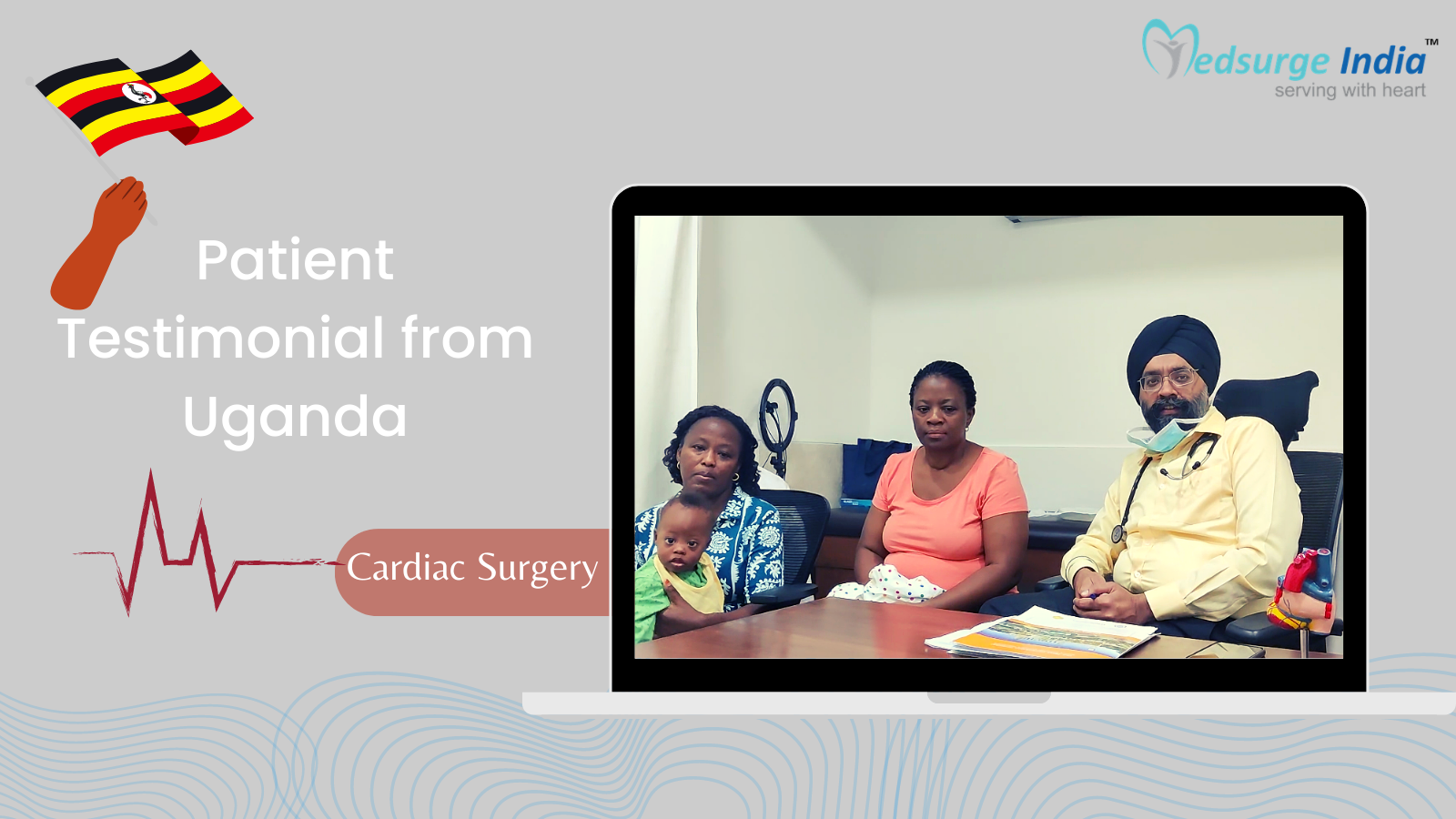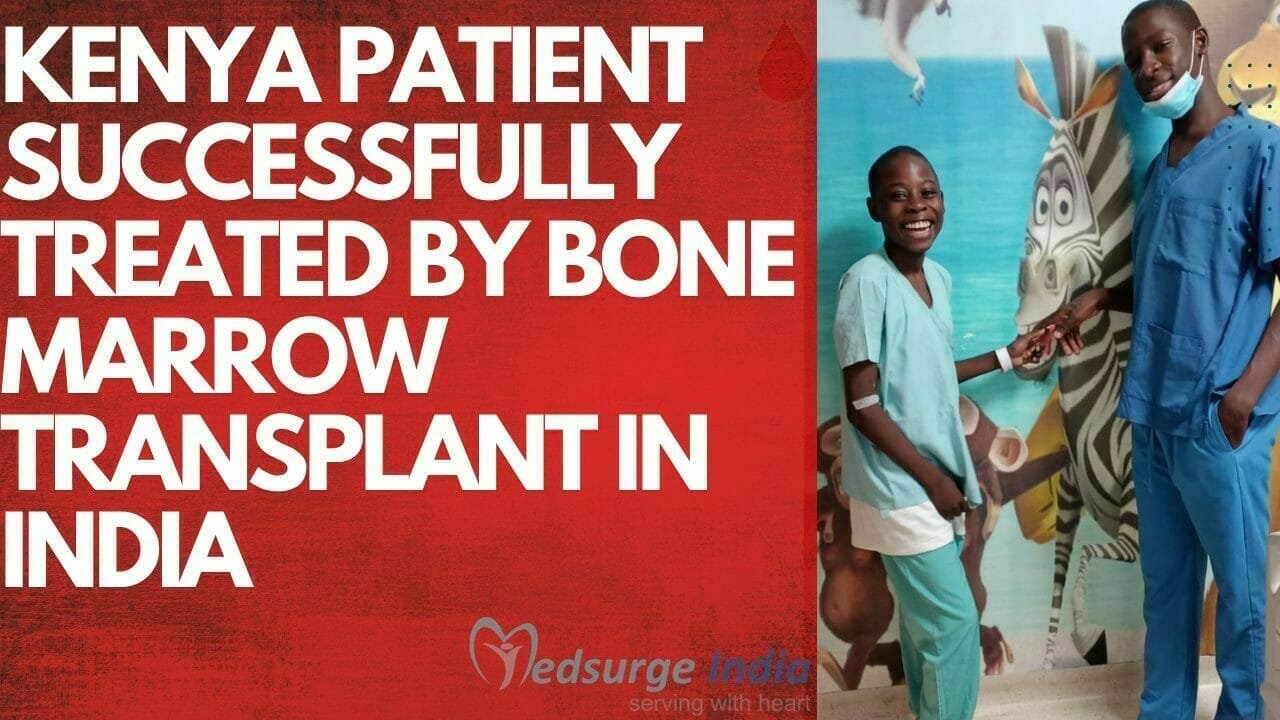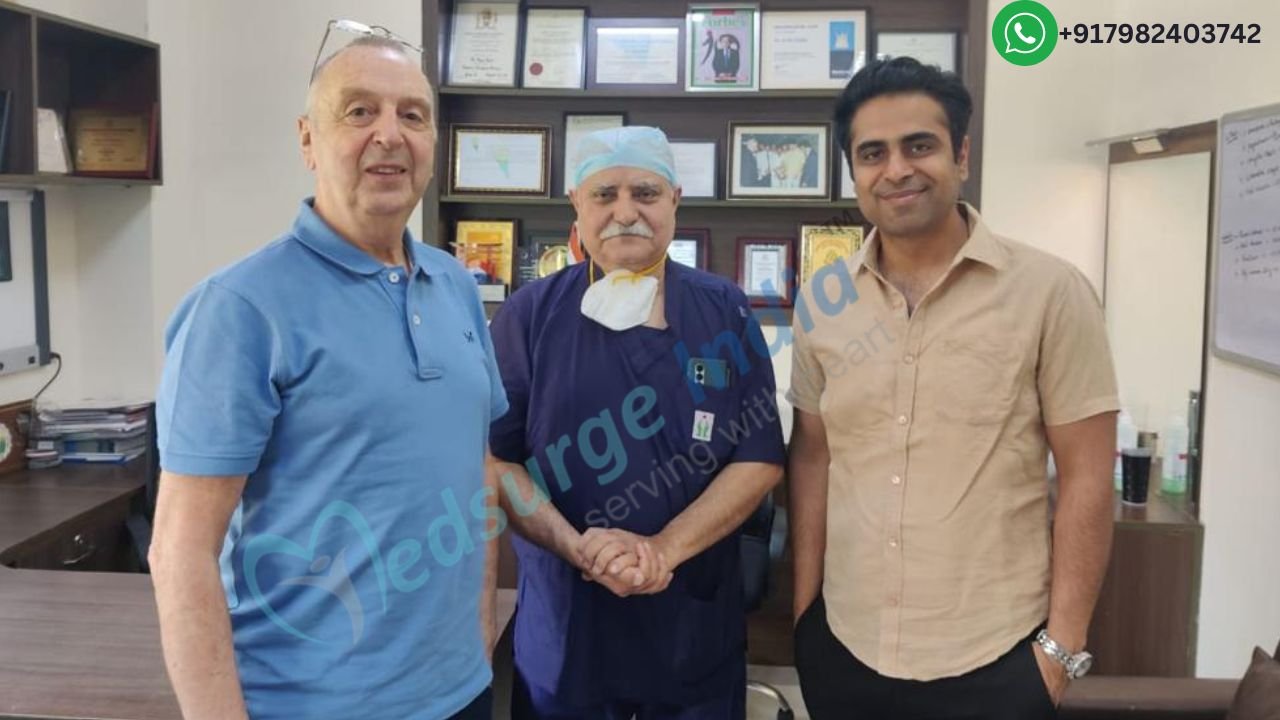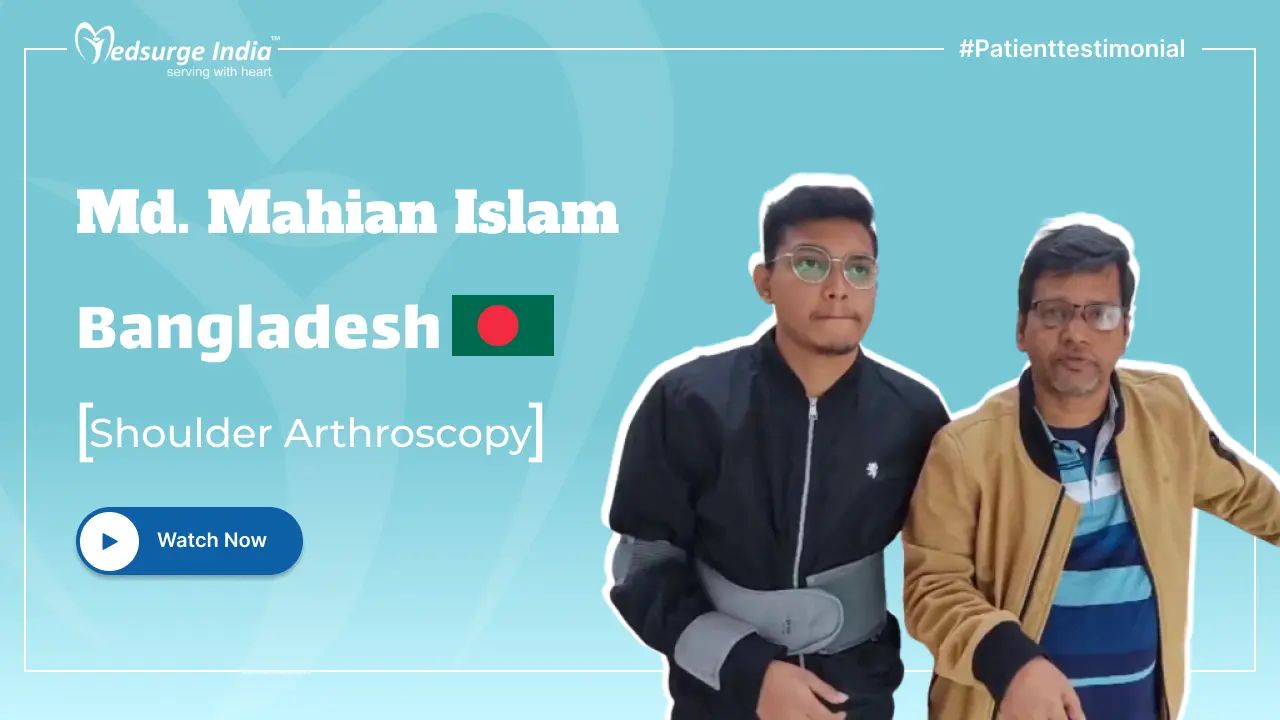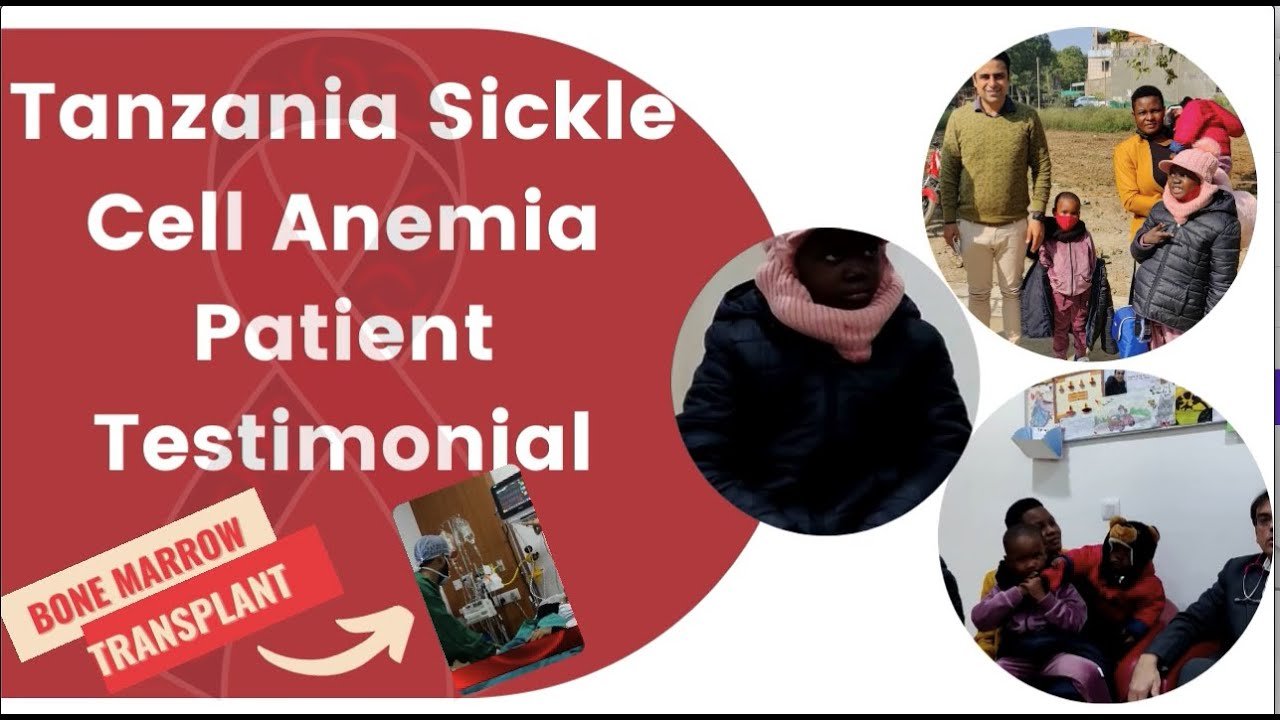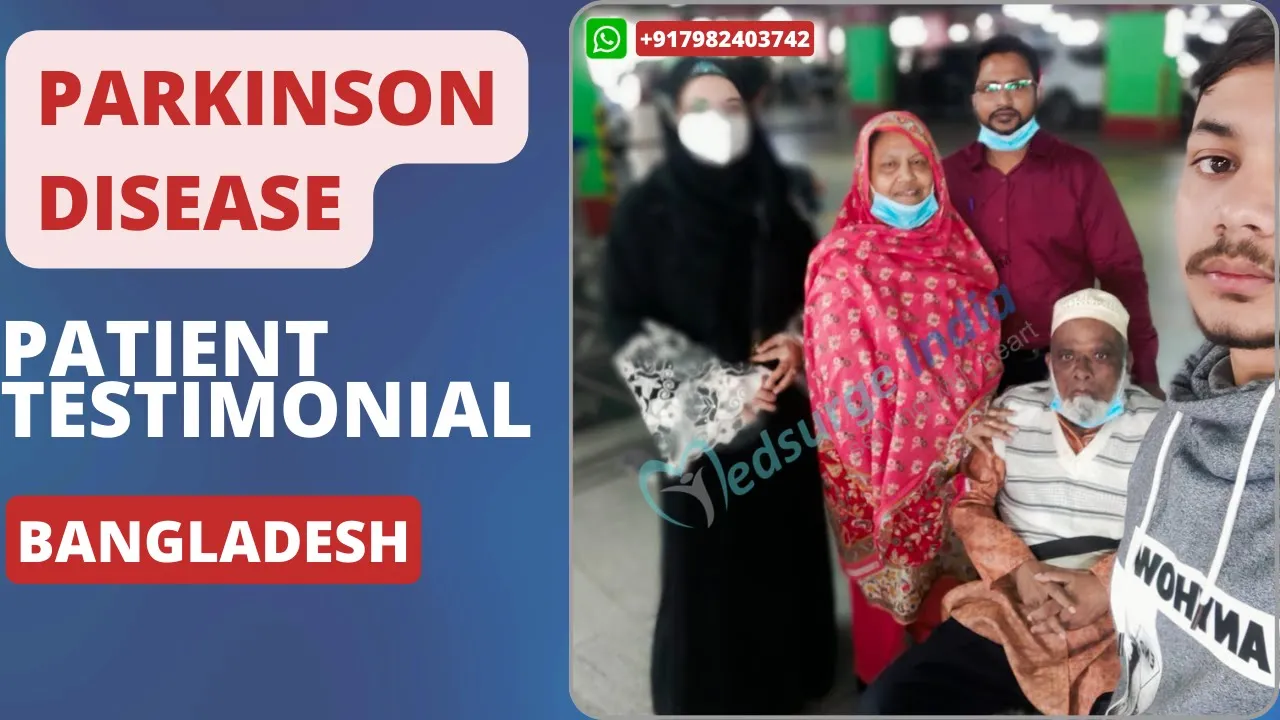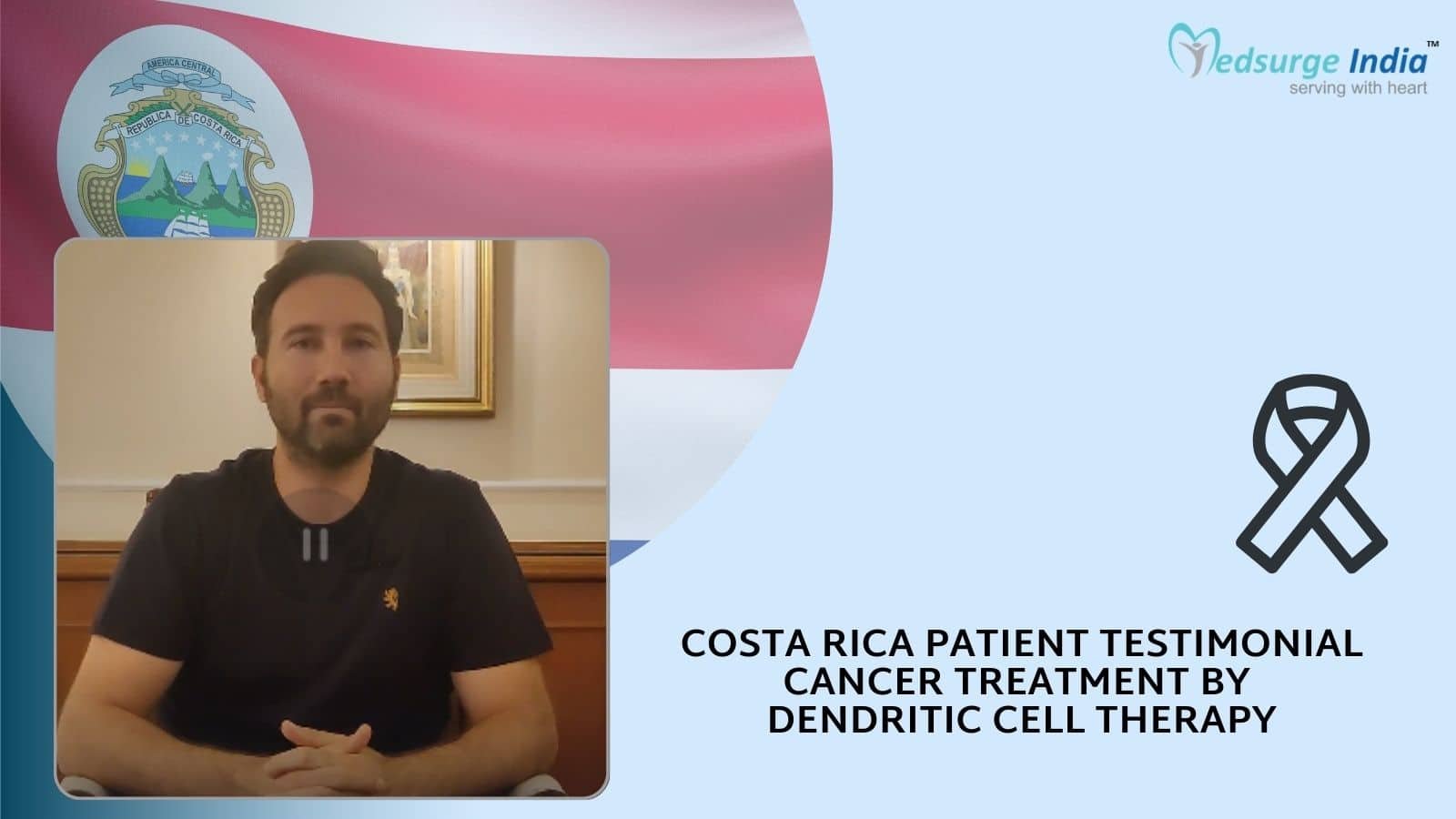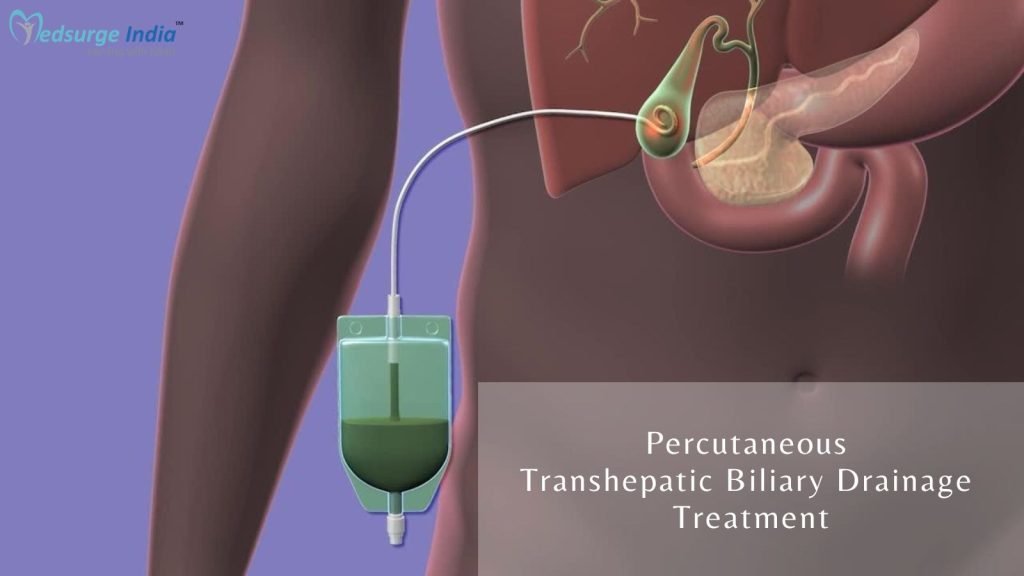
Percutaneous Transhepatic Biliary Drainage (PTBD) in India is a procedure that involves inserting a tiny catheter into the liver via an incision in the abdomen and then threading it through the bile ducts to reach blocked areas. By draining fluid or bile from the liver, medical professionals can relieve pressure and/or enable direct delivery of medicine to the blockage.
When compared to other developed countries, the cost of Percutaneous Transhepatic Biliary Drainage (PTBD) treatment in India is surprisingly low. The interventional radiologist’s expertise and the cutting-edge medical technology used in Indian hospitals may have contributed to the procedure’s success. Aside from these benefits, India’s low costs without lowering clinical standards play an important role in its mainstream appeal.
What is Percutaneous Transhepatic Biliary Drainage (PTBD)?
Bile, which the liver produces, aids in the breakdown of lipids. Bile travels through several small tubes known as ducts, which empty into a larger duct known as the common bile duct. The common bile duct empties into the duodenum, the small intestine’s first segment. The gallbladder also serves as a bile storage space for the liver. Bile cannot properly drain if the bile duct becomes clogged, so it accumulates prior to the obstruction. Clogged bile ducts cause jaundice, dark urine, chalk-colored faeces, itching, nausea, and appetite loss. Because this illness has the potential to be severe, treatment is required.
Percutaneous transhepatic biliary drainage is a treatment where a thin, flexible plastic tube is inserted through the skin into the liver to clear a clogged bile duct system.
Percutaneous Transhepatic Biliary Drainage Treatment Cost in India
PTBD treatment cost in India starts from USD 1500. India has significantly lower healthcare costs than other countries. Furthermore, the quality of the medical services and treatment provided there is on par with that of the best hospitals in the world.
Factors That Can Affect The Cost of Percutaneous Transhepatic Biliary Drainage Treatment in India
The entire cost of PTBD treatment in India can vary depending on a number of criteria, such as
- The price of treatment packages can depend on the hospital’s preference.
- Doctor’s competence and experience in the subject.
- The patient’s situation: The patient’s disease and whether additional modalities are required for comprehensive treatment.
- Duration of hospitalization and stay in the country.
- Need for post-operative care.
- Hospital room classification.
Who is a Candidate for Percutaneous Biliary Drainage?
An obstruction or abnormal bile duct narrowing is the most common cause of percutaneous biliary drainage (PBD) (stricture). Several factors can contribute to this, including:
- Gallstones (stones in the gallbladder or inside the bile ducts)
- Bile duct, liver, gallbladder, or pancreatic tumors
- Pancreatitis (inflammation of the pancreas)
- Degenerative cholangitis (a type of inflammation of the bile ducts)
- Enlarged lymph nodes around the liver and pancreatic
- Postoperative strictures (narrowing of the bile ducts or perforation due to injury to the bile ducts during surgery)
- Perforation
- Infection
Bile can leave the liver via a different route with percutaneous biliary drainage. Draining may be necessary to prepare for surgery or other bile duct procedures, such as the removal of a bile duct stone or tumor.
Percutaneous Transhepatic Biliary Drainage (PTBD), however, needs to be avoided when;
- massive ascites (excessive collection of fluid in the abdomen)
- multiple liver obstructions
- disorders of bleeding
- patients that are pregnant.
- those who have allergies to the drugs injected during the surgery.
- patients who are unable to endure the operation.
Because each patient is unique, it is important to remember that what is good for one patient may not be good for another. As a result, it’s critical to consult with your doctor before deciding on a PTBD procedure.
Why is India a Top Destination for Percutaneous Transhepatic Biliary Drainage Treatment?
The impressive growth of Indian medical tourism in recent years demonstrates how far the industry has progressed. Healthcare is one of the industries that has contributed the most revenue and is rapidly expanding. Both public and private organizations contribute to the healthcare sector. In terms of medical tourism, India has an advantage over other countries because of the following:
- The majority of the medical professionals working in Indian hospitals have received their training at medical centers in the US, Europe, or other affluent countries.
- The majority of medical professionals speak English well.
- Many best hospitals in India have access to cutting-edge medical and diagnostic technology from large international enterprises.
- The best nurses in the world come from India. Nearly 10,000 nurses are graduated each year from India’s nearly 1000 accredited nurse training programs, the majority of which are affiliated with teaching hospitals.
- Even the most frugal traveler can afford premium services and opulent facilities.
Helpful – Liver Transplant Cost in India
Get Free Cost Estimation
Procedure
How is Percutaneous Transhepatic Biliary Drainage (PTBD) Performed in India?
The treatment for obstructed bile ducts is called percutaneous transhepatic biliary drainage (PTBD). Typically, sedation and local anesthesia are used during the surgery. The PTBD Procedure is performed as an outpatient procedure. The steps of the process are listed below in simple-to-read bullet form:
Before Surgery –
- Before the PTBD surgery, the patient may be required to undergo certain diagnostics, such as X-rays and blood tests.
- The patient will be advised to discontinue any additional medications or blood thinners.
- Furthermore, the patient must inform the doctor if he or she has any allergies.
- The doctor may recommend an enema to empty the intestines the day before the treatment.
- Because the anaesthesia may cause drowsiness after the PTBD procedure, the patient must arrange for a friend or family member to drive them home.
- Before the operation, the patient should discuss the risks with the doctor so that they can weigh the risks versus the benefits.
During Surgery –
- The physician will insert a catheter into the bile duct while using ultrasound or X-ray guidance.
- A contrast dye will be injected into the catheter to aid the doctor’s navigation.
- The contrast dye will help the doctor find any obstructions or irregularities in the bile ducts.
- The physician will insert a drainage tube into the catheter, which will be connected to a bag that will catch any bile that is released through the tube.
- The tube will be left in place for a few days to clear any obstructions and allow the bile ducts to heal.
- When the doctor removes the catheter and tube, your bile ducts will resume normal operation.
After Surgery –
- Furthermore, the patient may be advised to avoid activities such as heavy lifting or strenuous exercise.
- The patient should record any indications or symptoms of a problem, such as a fever or stomach discomfort.
- In addition, the patient should be on the lookout for any signs of infection and notify their doctor as soon as possible.
- Last but not least, the patient must notify their doctor if they experience any unusual or serious side effects from the procedure.
Recovery
- To ensure the patient’s recovery following PTBD surgery, the patient may be observed and re-evaluated in the hospital the following day.
- During the healing phase, vital signs will need to be monitored, as will routine examinations of the patient’s abdomen and liver.
- Painkillers will be administered as needed to ensure comfort during the healing process.
- During the healing process, it is critical to follow the doctor’s recommendations for rest and medication. However, if they run into problems, some patients may need to stay an extra day or two in the hospital.
What is the Cost of Percutaneous Transhepatic Biliary Drainage Treatment in India?
India has significantly lower healthcare costs than other countries. Furthermore, the quality of the medical services and treatment provided there is on par with that of the best hospitals in the world. Even without taking into account the expenditures of travel, lodging, and meals, PTBD treatment cost in India starts from USD 1500.
The entire cost of PTBD treatment in India can vary depending on a number of criteria, such as
- The price of treatment packages can depend on the hospital’s preference.
- Doctor’s competence and experience in the subject.
- The patient’s situation: The patient’s disease and whether additional modalities are required for comprehensive treatment.
- Duration of hospitalization and stay in the country.
- Need for post-operative care.
- Hospital room classification.
How to Choose a Hospital in India for PTBD?
Hospitals that offer PTBD treatment are well known for their services in patient care and hospitality. Some of India’s best interventional radiologists, who are leaders in their fields, practice in these facilities. Choosing a reputable hospital for treatment as a foreign patient could be difficult. It is a significant decision that must be made while bearing various considerations in mind, such as:
- Quality certificates and accreditations
- Hospital and transportation facility location
- Team of doctors and surgeons
- Advanced diagnostic and therapeutic equipment
- International patient assistance
How can Medsurge India Help?
Medsurge India is a prestigious support system for patients looking for doctors, hospitals, and specialized treatments. We’ll find the most suitable medical options for you. Regarding your medical issues, our team will give you a list of certified, reputable, and trusted doctors and hospitals. Additionally, we offer a treatment strategy that fits your budget. Apart, we assist patients with obtaining travel authorizations, medical visas, and a multitude of other things.
The Most Important Frequently Asked Questions
Q: Is PTBD permanent?
A: In most cases, PTBD is a stopgap measure before definitive intervention. However, in patients with a short life expectancy or a high operative risk, PTBD can be left untreated for life.
Q: Is the PTBD procedure painful?
A: Because the most pain is expected at the end of PTBD, strong analgesics with a short half-life are the preferred drugs.
Q: How long can a percutaneous drain be left in place?
A: Drains must sometimes be left in place for weeks or months. As soon as it is safe to do so, we will remove the drain. Drains can become clogged over time. If your drain is going to be in place for a long time, it should be replaced every 2 to 3 months.
Q: Is percutaneous drainage a surgical procedure?
A: There is no need for a surgical incision—only a small nick in the skin that does not require stitches. The procedure is minimally invasive, and recovery time is typically shorter than that of open surgical drainage.
Q: How long does recovery from bile duct surgery take?
A: If you had keyhole surgery, you should be able to go home in 1 to 2 days, and open surgery should take 4 to 5 days. You should be able to return to work in 3 to 4 weeks, depending on the extent of your surgery and the nature of your job.
Top Hospitals for Percutaneous Transhepatic Biliary Drainage Treatment in India
Top Doctors for Hepatology
Dr. Samir Shah
Head of Department , DM, MD, Fellowship, MBBS
Experience: 33 years of experience
Mumbai , India
Dr. Dinesh Jothimani
Director
Experience: 18 years of experience
Dr. Rela Institute and Medical Centre, Chennai
Chennai, India


